#american pronghorn
Text
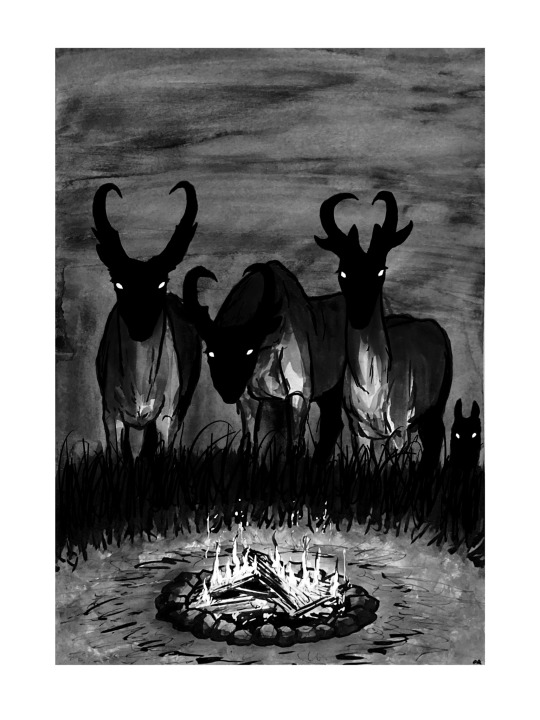
“Tapetum Lucidum”
Day 28 - Sparkle
Don’t let the light go out.
#illustration#my art#drawing#nature#pronghorn#western gothic#inktober#horror#watercolor#american pronghorn#dark art#gothic americana#reflective eyes#surrealism#predator#inktober 2023
780 notes
·
View notes
Text

From Terra: The Member's Magazine of The Natural History Museum of Los Angeles County. Volume 15, No. 2. Fall 1976.
Internet Archive
363 notes
·
View notes
Text

Antelope Canyon!
#antelope canyon#illustration#radarplz#artists on tumblr#arizona#page#road trip#american antelope#navajo nation#pronghorn#sunbeam
28 notes
·
View notes
Photo
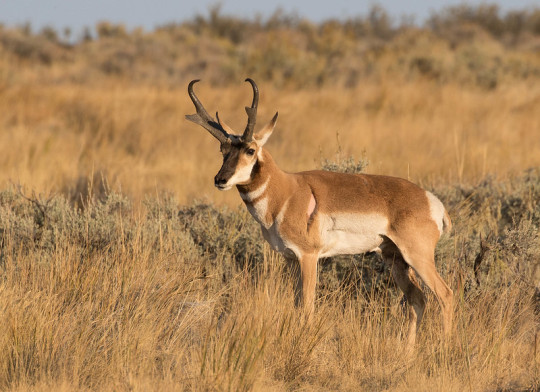
A pronghorn (Antilocapra americana) in Sheldon National Wildlife Refuge, Nevada, USA
by Northern Desert Photography
#pronghorn#american antelope#prairie antelope#antilocapra americana#antilocapra#antilocapridae#artiodactyla#mammalia#chordata#wildlife: nevada#wildlife: usa
64 notes
·
View notes
Text
i think we should have more freakish imaginings of jackalopes. jackalopes with an antelope body and giant rabbit head. jackalopes with piercing orange eyes that can tell when you're lying. jackalopes with enormous veiny ears that can hear you breathing from miles away. jackalopes that know too much. jackalopes that are terrifying
#as awlays. i'm so normal about them#** when i say antelope i mean pronghorn#the 'north american antelope' (with no relation to the true antelope of africa and asia
5 notes
·
View notes
Text

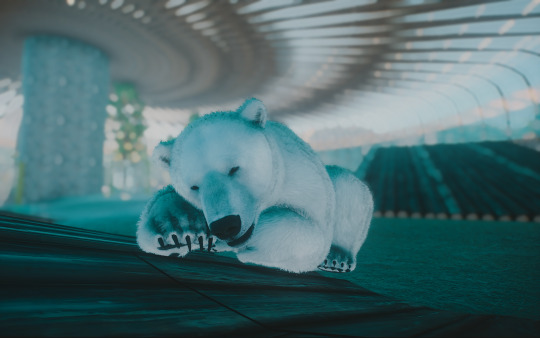
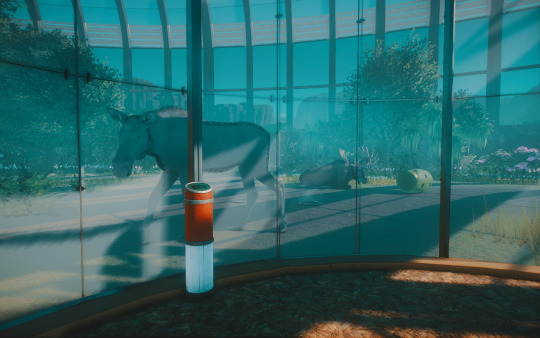

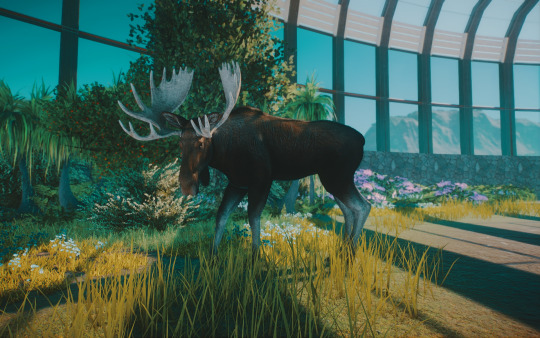
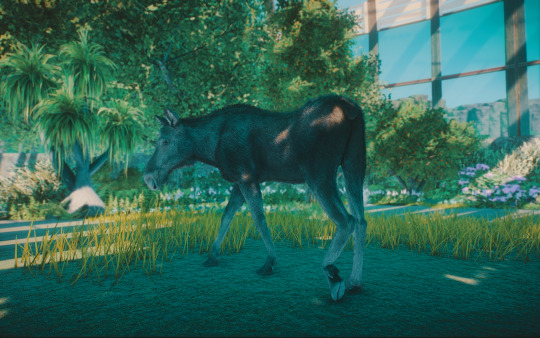



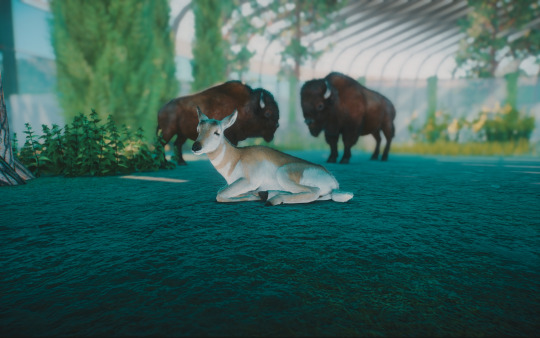



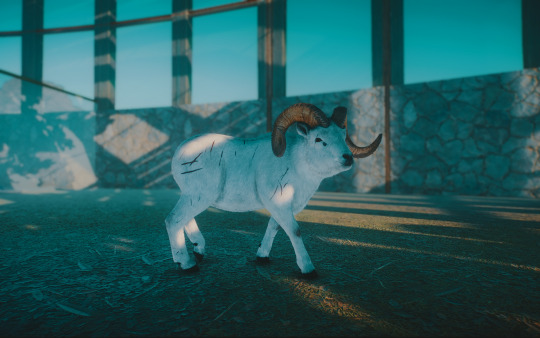




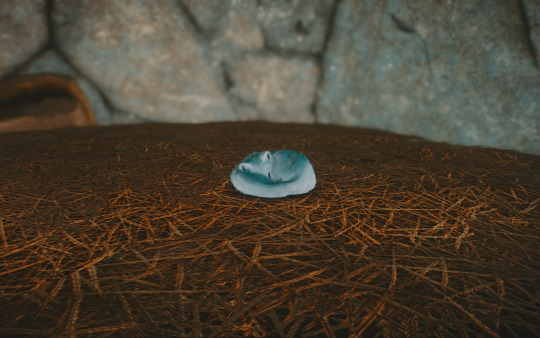


my first dome build in Planet Zoo -- a massive climate-controlled complex featuring a bunch of North American animals.
#zooposting#planet zoo#pacific winds#there's like. maybe a month delay between when i build and get around to posting screenshots#and already i feel like i'm better at building than this >.> but ah well#polar bear#moose#pronghorn antelope#american bison#dall sheep#arctic fox
12 notes
·
View notes
Text
God it pains me every time I see misinfo being spread on topics and knowing I won’t be able to really change peoples mind or catch everyone who has been misinformed
#the extinct American cheetah is not that closely related to the modern cheetah#our idea that they were really fast and likely hunted pronghorn is based on a LOT of assumptions#they’ve found some American cheetahs that would’ve behaved more like snow leopards. there’s a lot we still don’t know#and it’s all based on fossils which we can make some really good assumptions about#but it’s not hard fact and we rarely know exactly what prey animals a predator fed on#that said I love cheetahs and i want all the info on extinct cats#hana talks
3 notes
·
View notes
Text

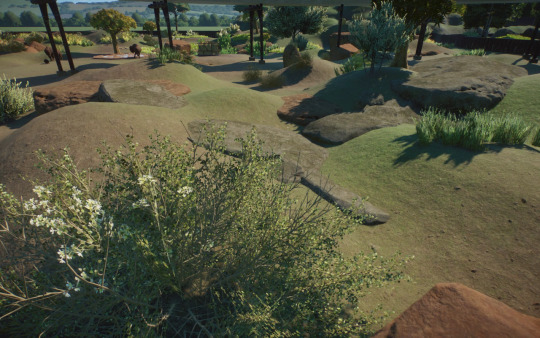

made an absolutely massive plains habitat for the pronghorns, bison, and prairie dogs :3c
11 notes
·
View notes
Text
One Square Mile
We’d been in Prescott several months
before I felt quite brave enough
to wander a mile of state trust land
neighboring our windy, new hillside home.
Raised in the Midwest, it was like another world
harsh and barren – and continuously warned
of giant spiders and big mountain cats,
poisonous snakes and thieving rats.
Instead, I learned of high dessert ways,
where life and death are on…
View On WordPress
#american poet#dogs#hikes#learning#life#nature#poem#poems#poetry#pronghorn#short stories#take a walk#walks
2 notes
·
View notes
Text

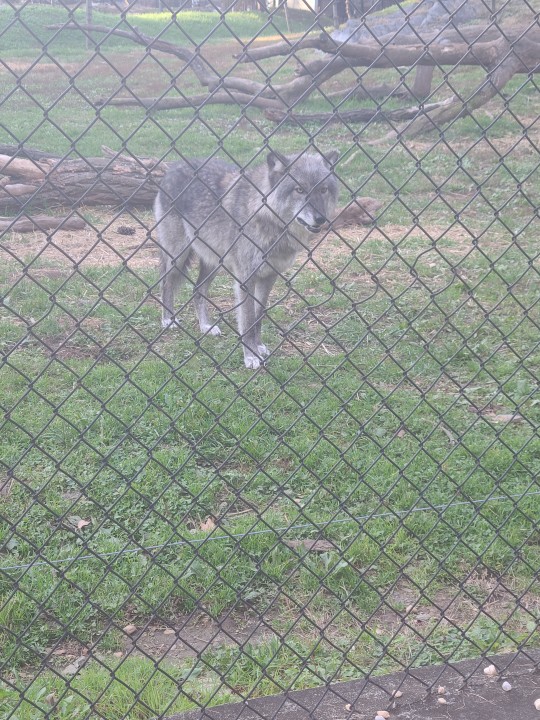
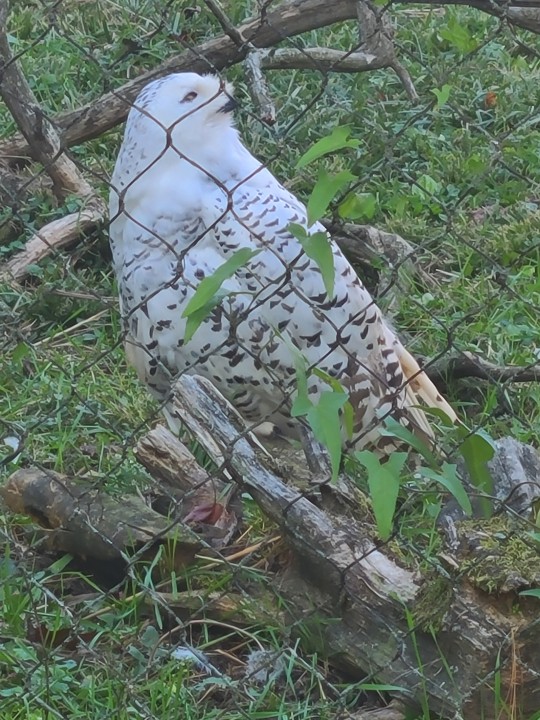
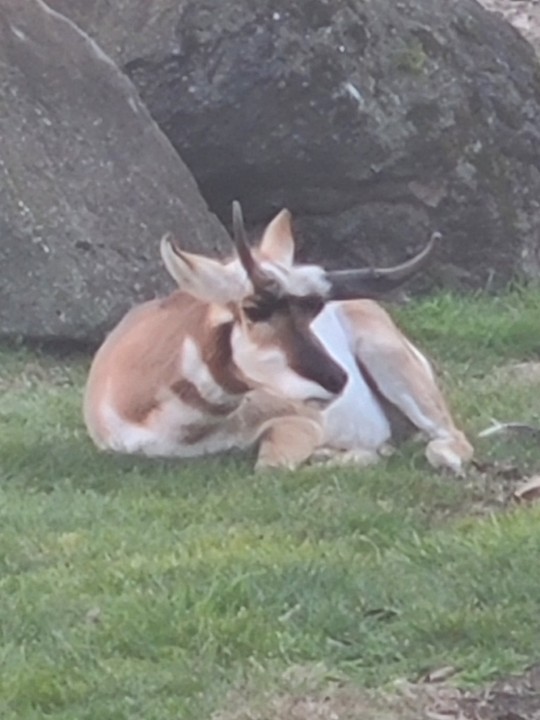

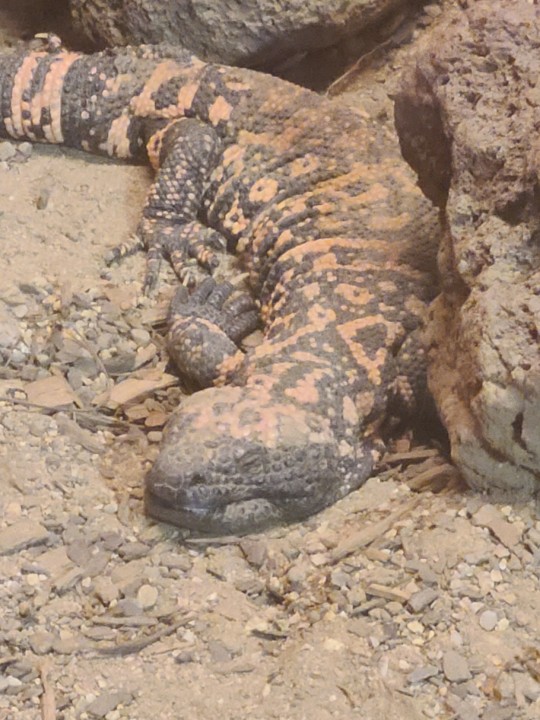

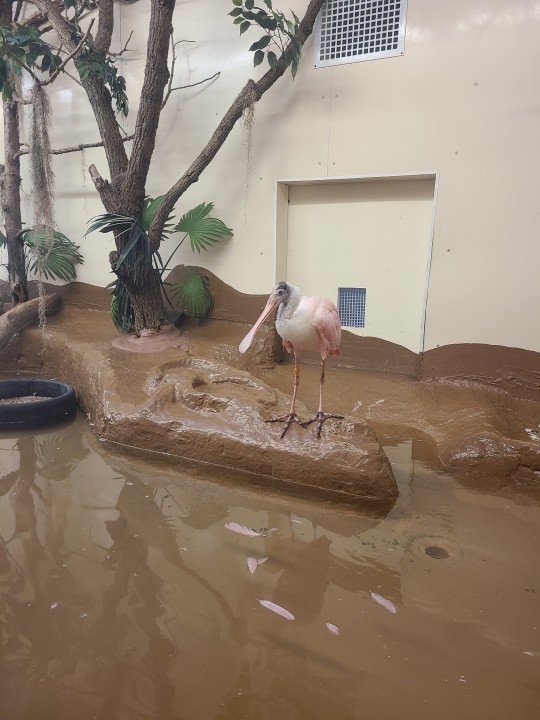
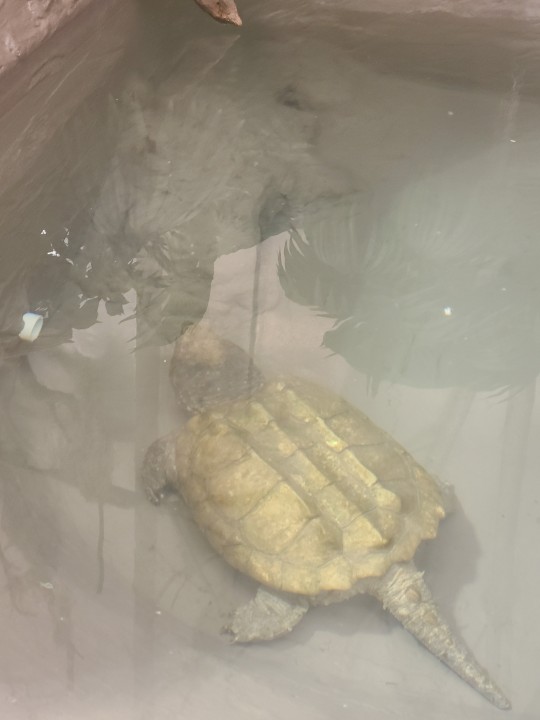

#hershey park#alligator snapping turtle#pronghorn#American Elk#gila monster#road runner#american alligator#gray wolf#snowy owl#canada lynx#zoo#north american wildlife#roseate spoonbill
0 notes
Text


How can anyone not love a Pronghorn Antelope? Those big dark eyes, the little antlers, and oh… the speed! The fastest land mammal in North America, still running, running to outpace a long-extinct cousin to the Cheetah that once hunted it here across the Plains.
A dozen years ago we took a roadtrip to South Dakota in May and traveling along the Scenic Wildlife Loop not too far from Mt. Rushmore there were dozens of them, close enough to the road that they were in range of my telefoto lens. Bliss!
0 notes
Text
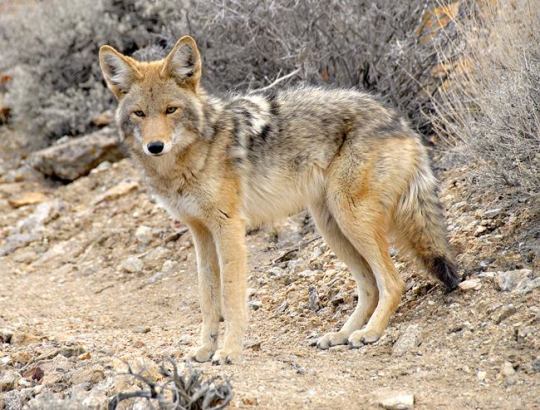
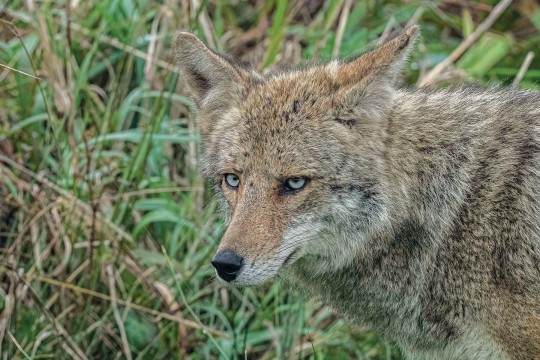

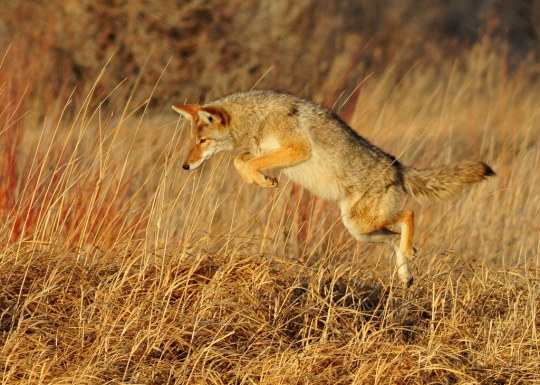
Close Up with Coyotes
Often confused with wolves, foxes, or even stray dogs, the coyote (Canis latrans) is a species of canid found only in Central and North America, from Panama to central Canada. Historically, the coyote mainly occupied grasslands, scrubland, and deserts; however, in the past few centuries the species has expanded its range to include deciduous and evergreen forests, mountains, swamps, and even cities. Generally individuals and groups keep to one home territory, but they will move when resources become lacking.
Among the canines, coyotes are rather small, weighing only 8 to 20 kg (18 to 44 lb), and males tend to be larger than females. Generally coyotes sport a light gray, red, or brownish coat with a lighter underside; however, regional populations may differ wildly. This species may be identified from other canids by its large pointed ears, whitish facial markings, and narrow snout.
Though C. latrans does occasionally form packs, it is more likely to hunt individually or in small family groups. Nonfamily packs, usually made of bachelors, are rare. In addition, coyotes have been known to form mutualistic hunting relationships with other species like badgers. It is primarily carnivorous, hunting mainly at dawn and dusk for rabbits and hares, squirrels, mice, lizards, and occasionally larger targets such as deer or pronghorn. This species will also readily consume carrion, as well as produce and human food waste, making it highly adaptable to urban areas. Traditionally, the species has been limited via both competition and direct predation by wolves and cougars; in its expanded range, coyotes may also be predated upon by bears, alligators, lynx, and golden eagles.
Though reproduction typically takes place in the spring, from January to March, temporary pair bonds may form as early as November. Mates prepare dens, which may be dug out or selected from tree hollows or pre-existing burrows, and establishes a territory up to 19 square km (11 square miles). During this time, daughters from a females previous litter, or her sisters, may join the group. Pregnancy typically lasts just over 60 days, during which time the male and any assisting females do most of the hunting. Litters average 6 pups, and weaning takes about a month. During this time, the male continues to provide for the mother and pups, but will abandon the den if the mother goes missing. By the age of four or five weeks the pups develop a hierarchy through play-fighting. After about 6 months, the male pups will leave, while females will typically stay with their mothers until at least the next mating season, at which time they reach sexual maturity. In the wild, individuals may live as long as 10 years.
Conservation status: Due to its large range and adaptability to human habitats, the C. latrans is considered Least Concern by the IUCN. In urban areas, coyotes are regularly hunted as a nuisance species due to their predation on free-roaming pets and, occasionally, livestock.
In traditional Indigenous American stories, the coyote was seen as a trickster or anti-hero (here is an interesting paper about the 'Coyote' character in traditional stories versus western interpretations). The European colonization of North America and the eradication of large predators like wolves and cougars has allowed coyotes to spread far beyond their original geographic range and become a 'nuisance species' in urban areas.
If you like what I do, consider leaving a tip or buying me a ko-fi!
Photos
Neil Nurmi
Carlos Porrata
Natrice Miller
Tom Koerner
#coyote#Carnivora#Canidae#canines#canids#carnivores#mammals#generalist fauna#generalist mammals#grasslands#grassland mammals#scrubland#scrubland mammals#deserts#desert mammals#north america
169 notes
·
View notes
Text

Predatory Dinosaurs of the World: A Complete Illustrated Guide. Written and drawn by Gregory Paul. 1989.
Internet Archive
115 notes
·
View notes
Text
Gray-Card's 2023 Year End Top 5 Photo Extravaganza!
It's been a minute since I participated in this spectacular event, and although photography this year has not been what I prefer, I decided to join in the shenanigans.
My top 5 photo selections have nothing to do with notes, rather, what they mean to me. Without further ado, my top 5 pic picks of 2023 and why:

December in Rocky Mountain Arsenal National Wildlife Refuge. Commerce City, Colorado.
December 14th, my 60th birthday. I awoke to a white birthday, and all I wanted was to be in my church: Nature. That morning the mule deer came out in droves in what felt like a personal celebration. This mule deer buck and his lady were standing amongst the frosty grasses and snow-capped dried flowers. Everything was so beautiful that day it was magical. My heart did a happy dance. :-)
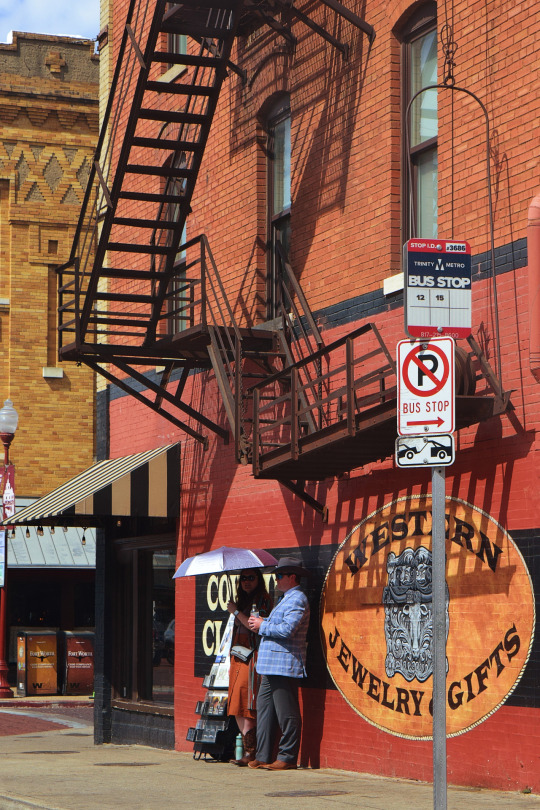
Waitin' for Jesus at the Cowtown Bus Stop
There is so much I love about this photo: the proselytizers in their snazzy duds and silver umbrella, the painted brick building, the fire escape, the striped awning, the colors. For me, it was a visual feast.

American bison. Rocky Mountain Arsenal National Wildlife Refuge
It was thrilling to view these majestic animals amongst the pale grasses and pastel blue sky and mountains. For me, the image is timeless- transporting me across the ages when the bison ruled the American plains.

New Mexico
Traveling through New Mexico I am always struck by the beauty of the vast landscape: its delicate color palette, a rather minimalist landscape, the pronghorn antelope often found within view of the highway, the old farms of long ago.

Storm in the Texas Panhandle
Traveling through the Texas panhandle I watched this storm develop from a small cloud of gray in the distance to a huge downburst of white rain in the deep blue sky. For a minute I felt like a storm chaser.
Wishing all you lovely tumblies a wonderful new year! Thank you for your support all these years, and I hope to share with you all a better year for photography in 2024. Cheers!
Amber Maitrejean
#photographers on tumblr#gray-card's top 5#original photographers#landscape#nature#Texas#New Mexico#Colorado
72 notes
·
View notes
Note
idk why but I keep getting this image in my head of a person getting excited to see a deer and quietly trying to coax it forward while throwing food down or something but. the deer is deepdark and he's just standing there like🧍♂️
I think he would like the corn, actually. Just don't try to get him to eat out of your hand.
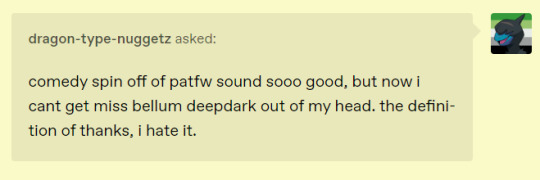
You're welcome!

WRONG. AMERICAN PRONGHORN

90 notes
·
View notes
Text

Wild Coyote & Leaping Pronghorn, Dec 2023, ink.
List of north american prairie species shown here, roughly top to bottom: Northern Bobwhite, Engelmann's Milkweed, Augochlora sweat bees, Indiangrass, Pronghorn, Widow Skimmer dragonfly, Blue Darter dragonfly, Common (White) Yarrow, Bluet damselfy, Coyote, Giant Grassland Cicada, seeds of Prairie False Foxglove, American Basketflower seedheads, Firewheels, Prickly Pear cactus, Rainbow grasshoppers, Sideoats Grama.
#my art#artists on tumblr#wildlife illustration#pronghorn#coyote#grassland#ink#prairie#this is mostly one ink color. it's so easily workable it's almost impossible to add the blue - I should have done the blue first#christmas gift for my dad since he liked the other unhinged coyotes I have drawn#described#ID in alt text
47 notes
·
View notes